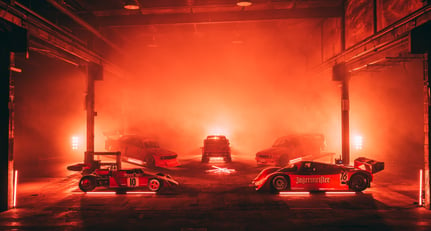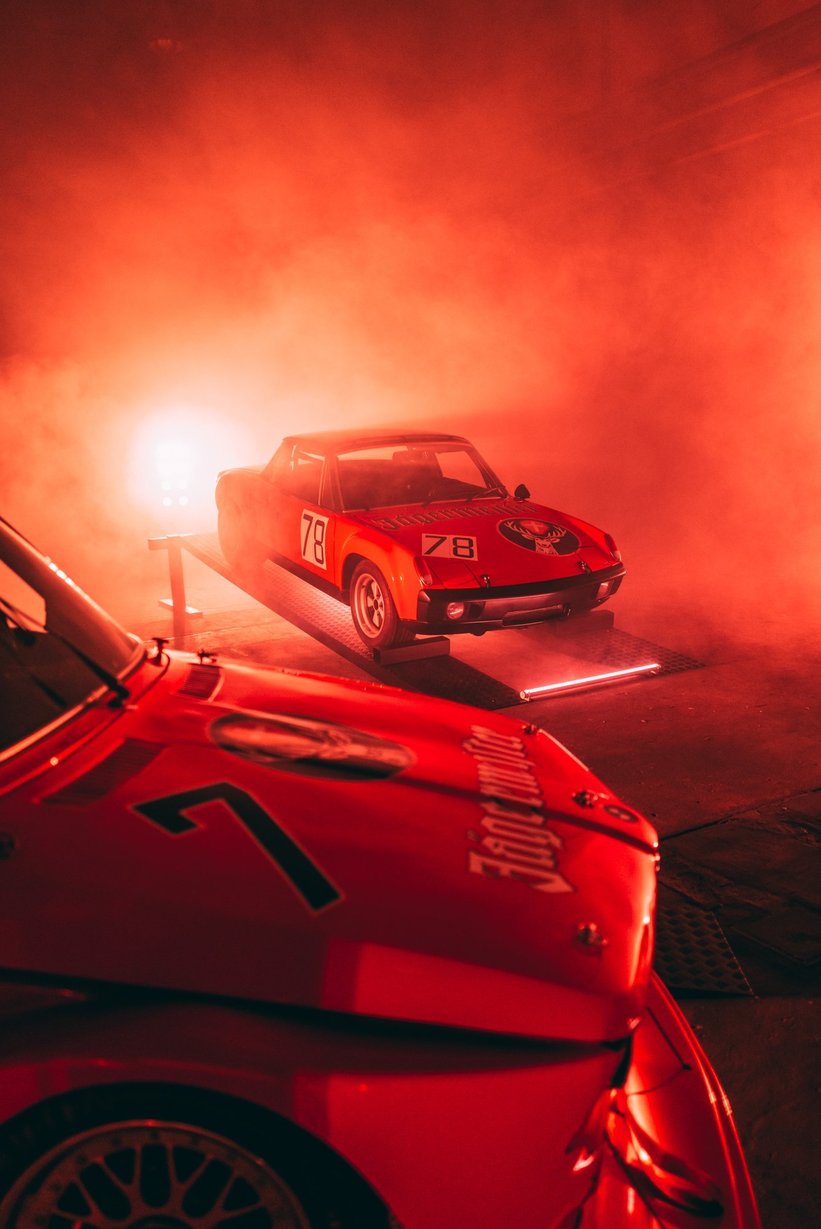
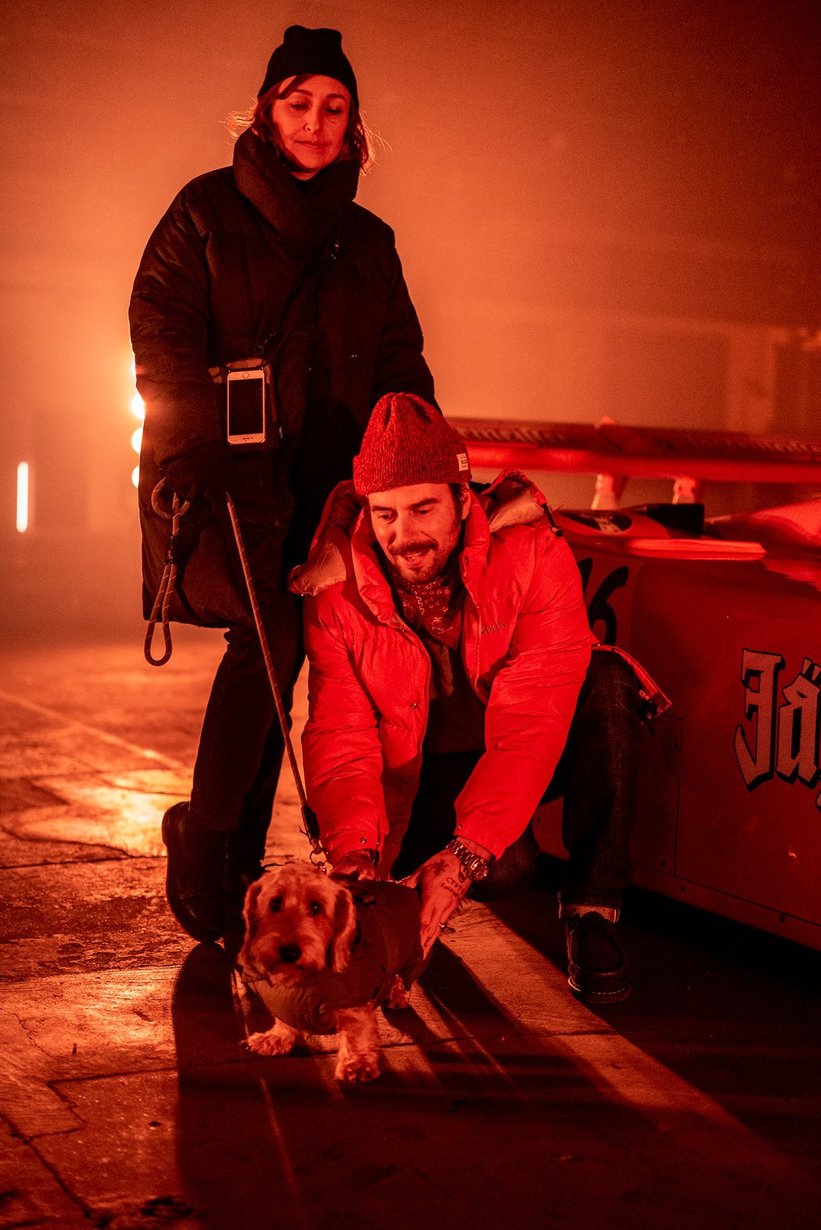
The iconic Jägermeister Racing cars have written motorsport history since they first hit circuits in 1972. Wrapped in their bright orange liveries, proudly carrying the Hubertus stag, and equipped with antler-like spoilers, Jägermeister Racing’s most famous racers are hailed as icons of 1970s, 1980s and 1990s motor racing. But while the cars frequently star at historic racing events from Goodwood to the Nürburgring, the young urban crowd rarely has a chance to catch a glimpse of these stunning machines. Since the launch of the Rennmeister project in 2021 that all changed. Last weekend, five of the most famous racecars made an after-dark appearance at Rennmeister’s anniversary event in Berlin.
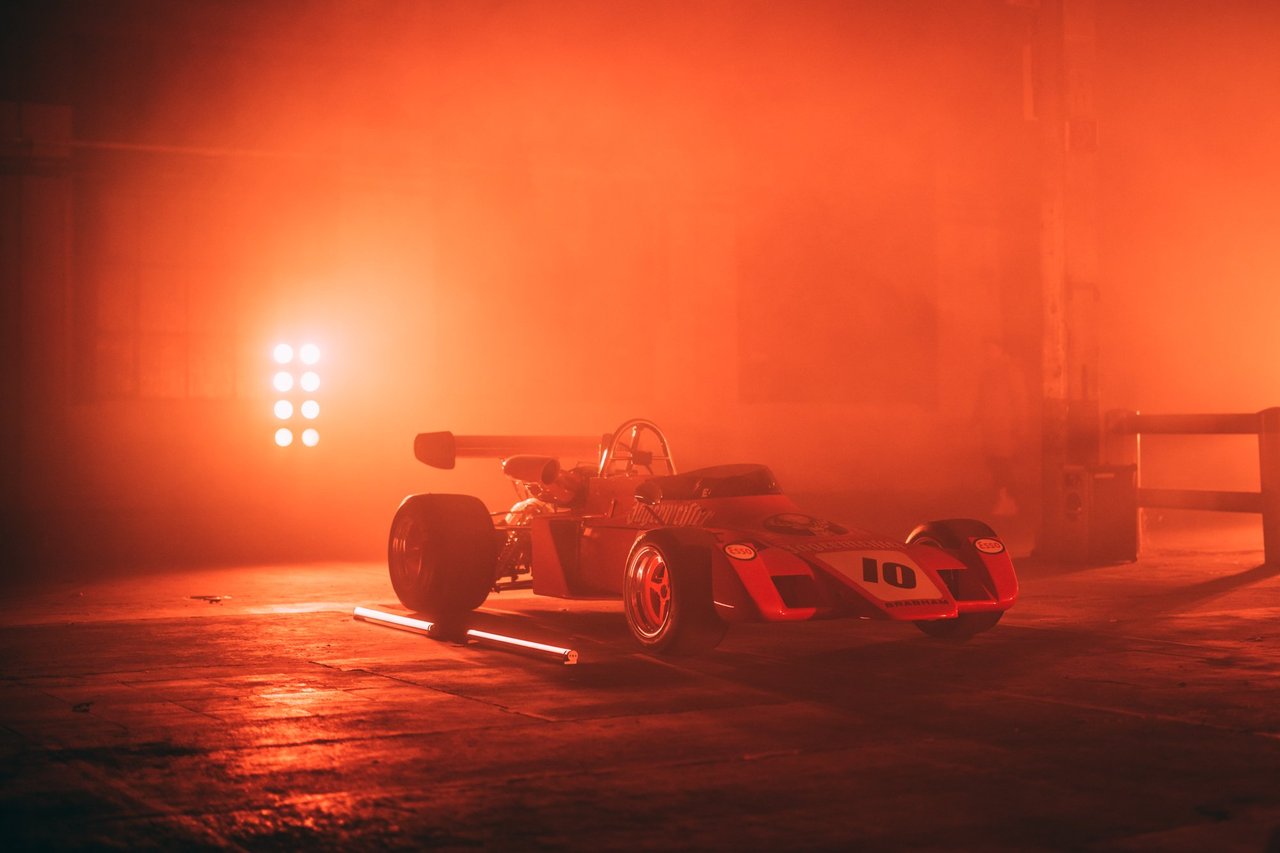
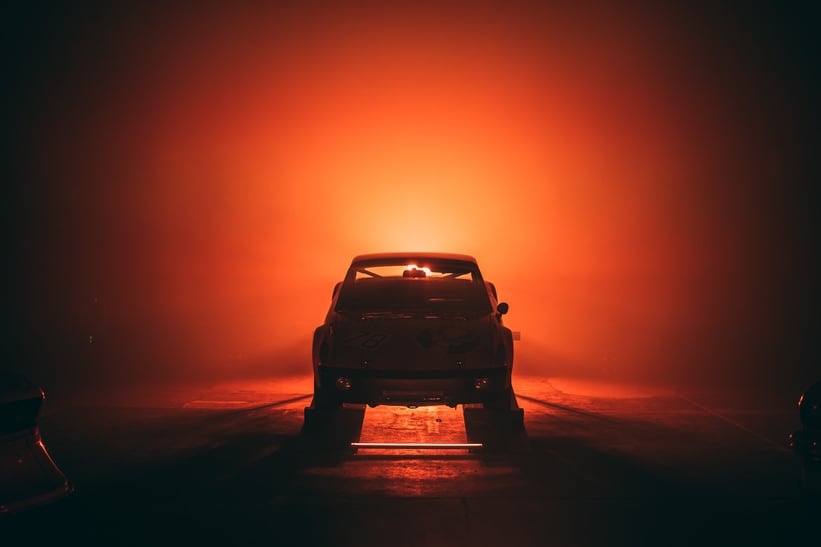
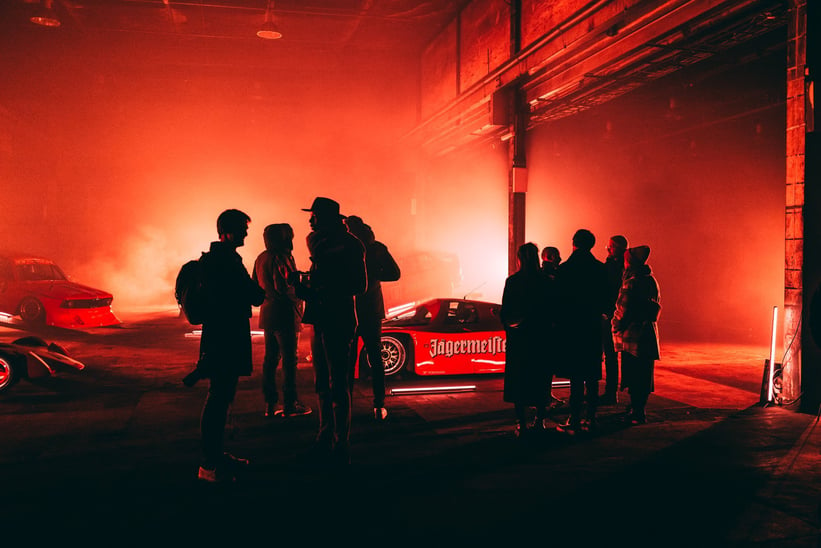
The line-up of cars at Belgienhalle – an industrial off-site venue and subcultural hub in West Berlin – included hero cars from different eras of Jägermeister Racing. Among the early cars, there was a Porsche 914/6 GT that introduced the world to the orange Jägermeister livery in 1972 and a Brabham Formula 2 monocoque racecar from the same year that was piloted by Graham Hill, the only driver to ever win the F1 world championship, the 24 Hours of Le Mans and the Indianapolis 500.
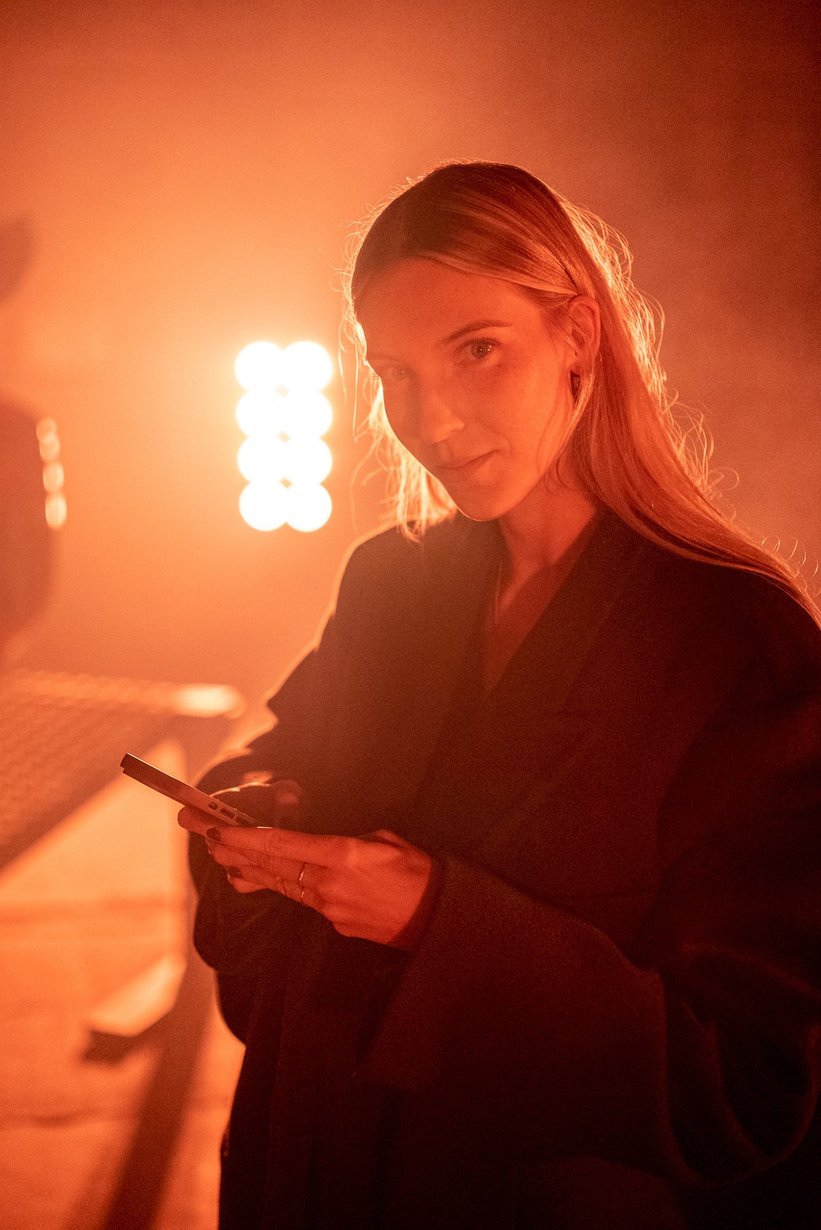
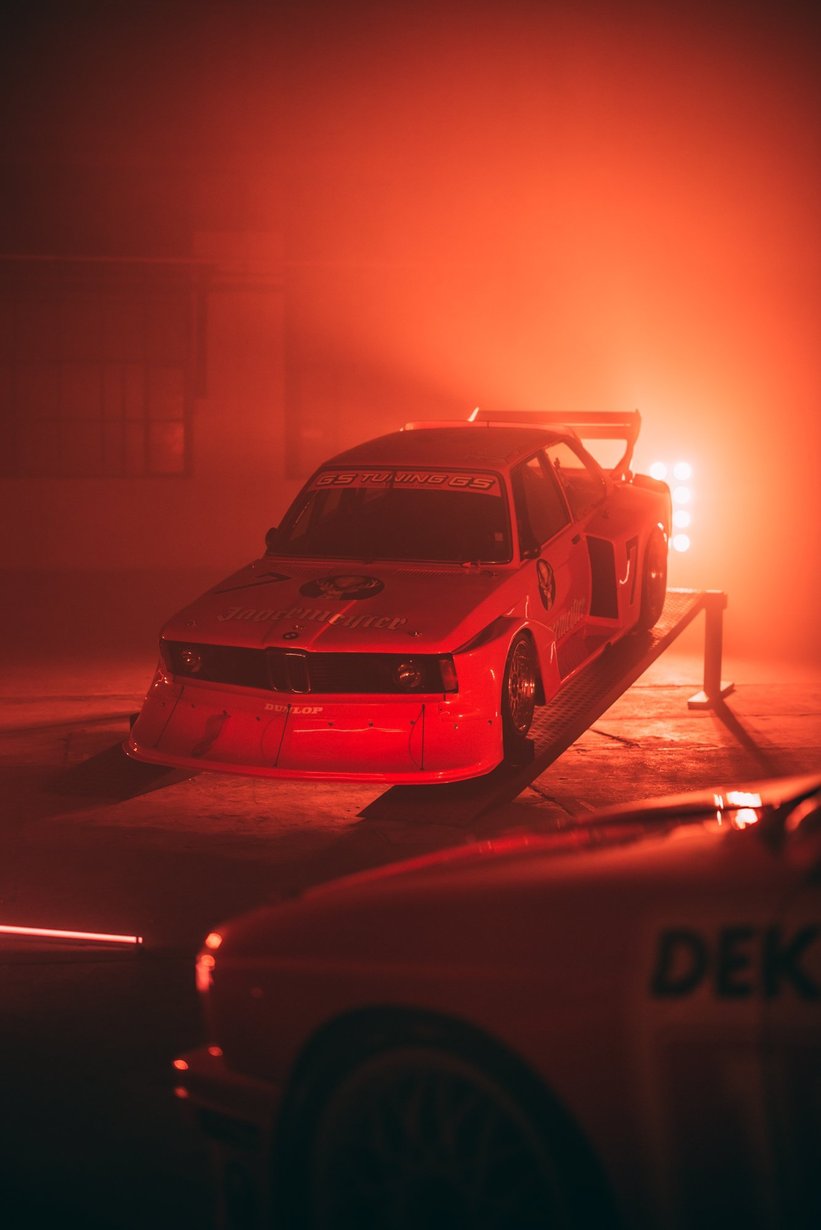
A true working class hero and certainly the most dramatic of the cars, the BMW 320 Group 5 next to it was raced in the late 1970s by Hans-Joachim Stuck and Ronni Peterson. Representing the fast-paced extravaganza of 1980s Le Mans and IMSA endurance racing is the Jägermeister-liveried 1989 Porsche 962, a stunning UFO once driven by Oscar Larrauri and Franz Konrad.
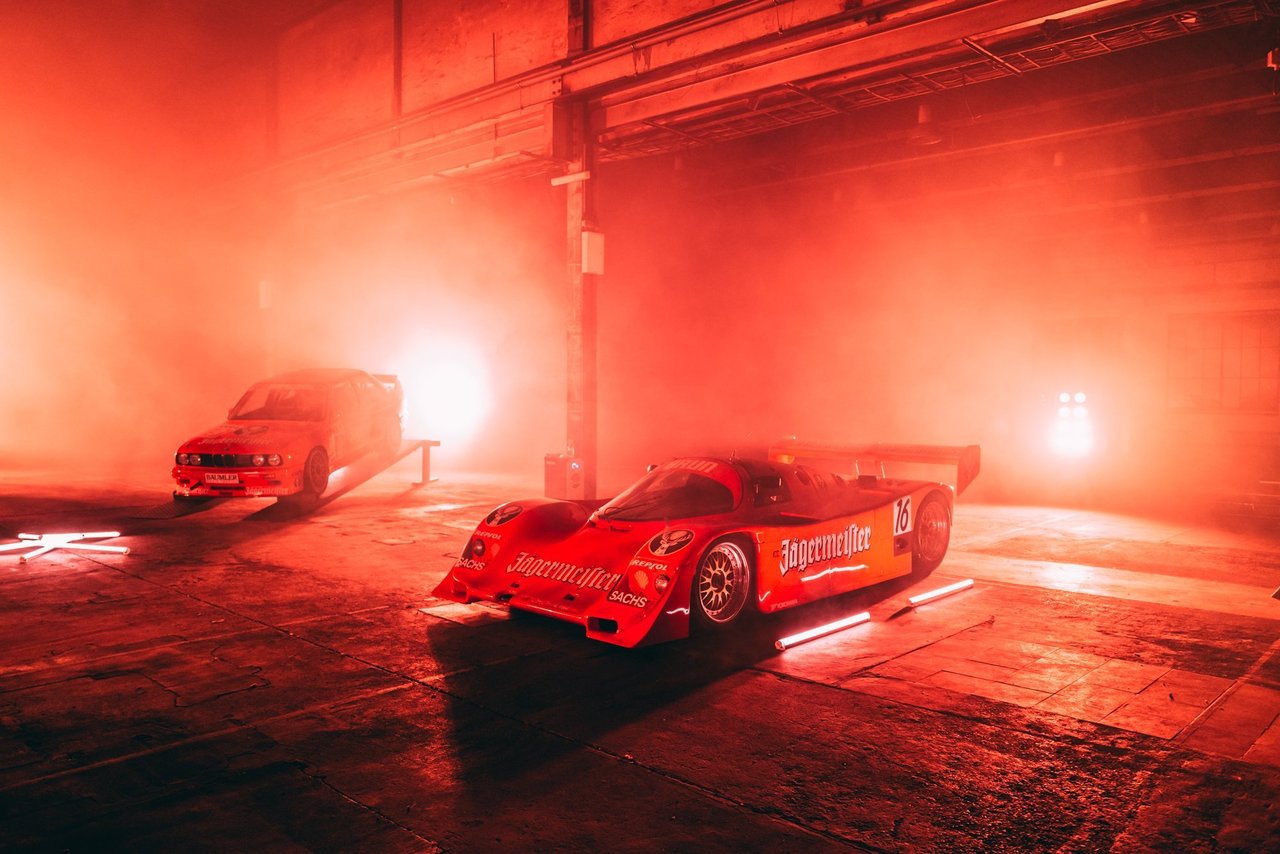 The latest car in the pack was a true legend of the Nürburgring, a 1992 BMW M3 Sport Evolution that many of us remember from the hay days of the German Touring Car Championship DTM, where it was piloted by Armin Hahne. All five cars were displayed in an artful installation created by the Rennmeister team that presented the orange racing machines in their full functional beauty; as sculptures shaped by aerodynamics, adrenaline and speed.
The latest car in the pack was a true legend of the Nürburgring, a 1992 BMW M3 Sport Evolution that many of us remember from the hay days of the German Touring Car Championship DTM, where it was piloted by Armin Hahne. All five cars were displayed in an artful installation created by the Rennmeister team that presented the orange racing machines in their full functional beauty; as sculptures shaped by aerodynamics, adrenaline and speed.
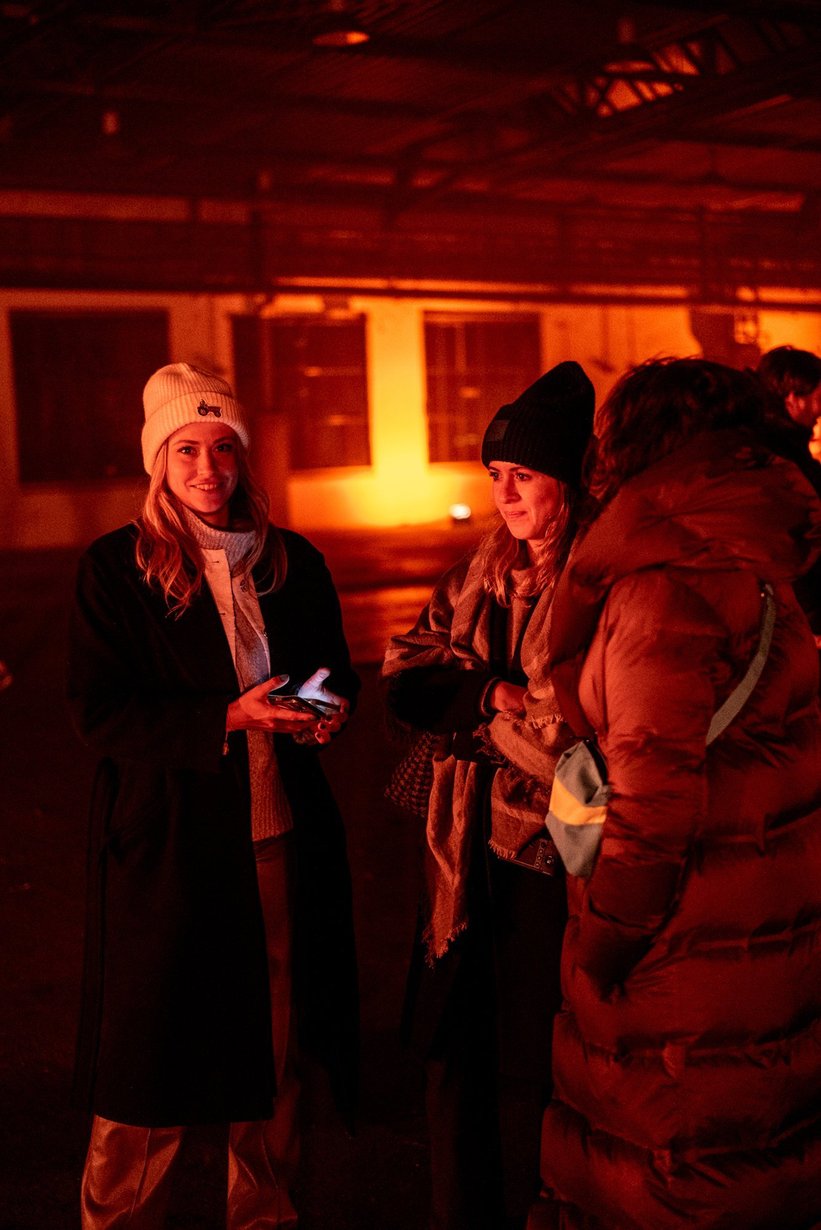
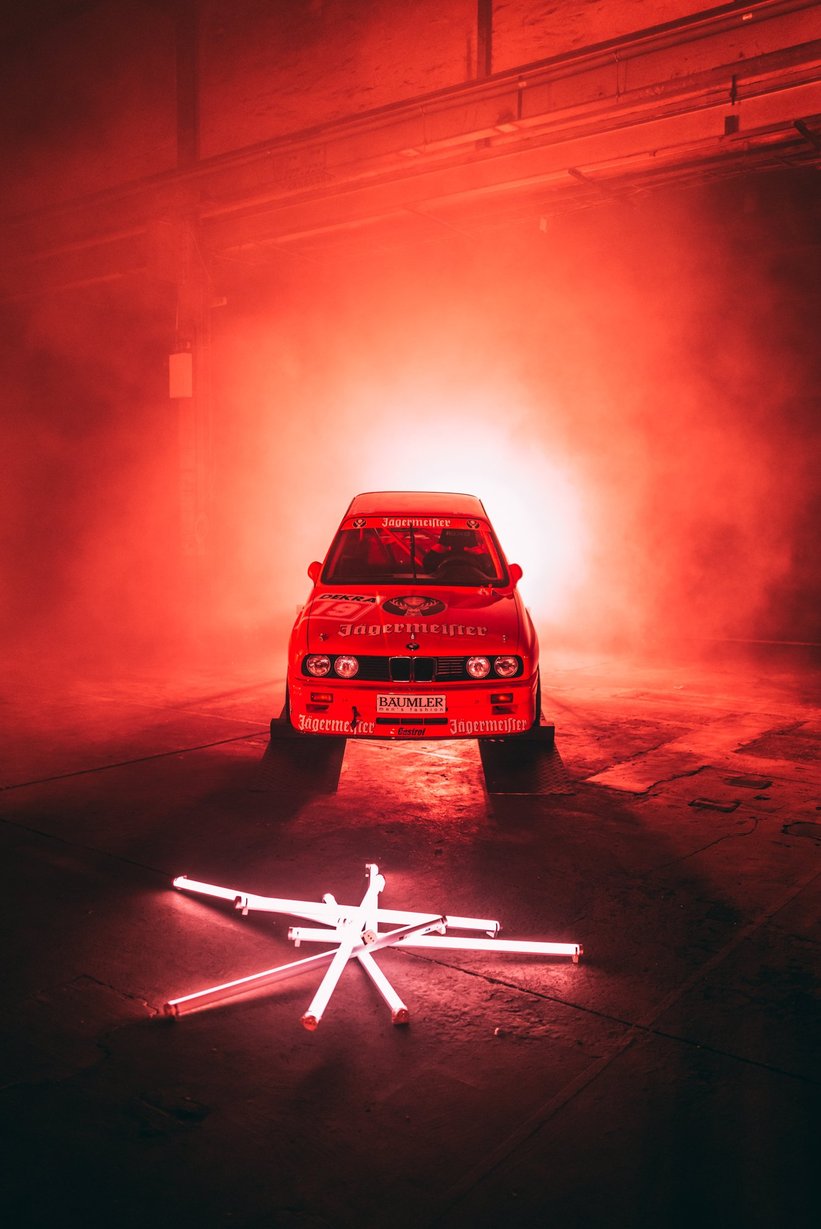
As a special guest, BMW Classic brought one of the latest interpretations of the Jägermeister Racing theme – the ‘Turbomeister’ 2002 Hommage concept car – while artist Johans Lamic of ‘The Whale Tail Project’ flew in all the way from Palma de Mallorca to unveil a special commission artwork. The hero images were taken by renowned photographer Stephan Bauer, while the retro-futuristic artworks for the event had been created by Grisha Morgenstern.
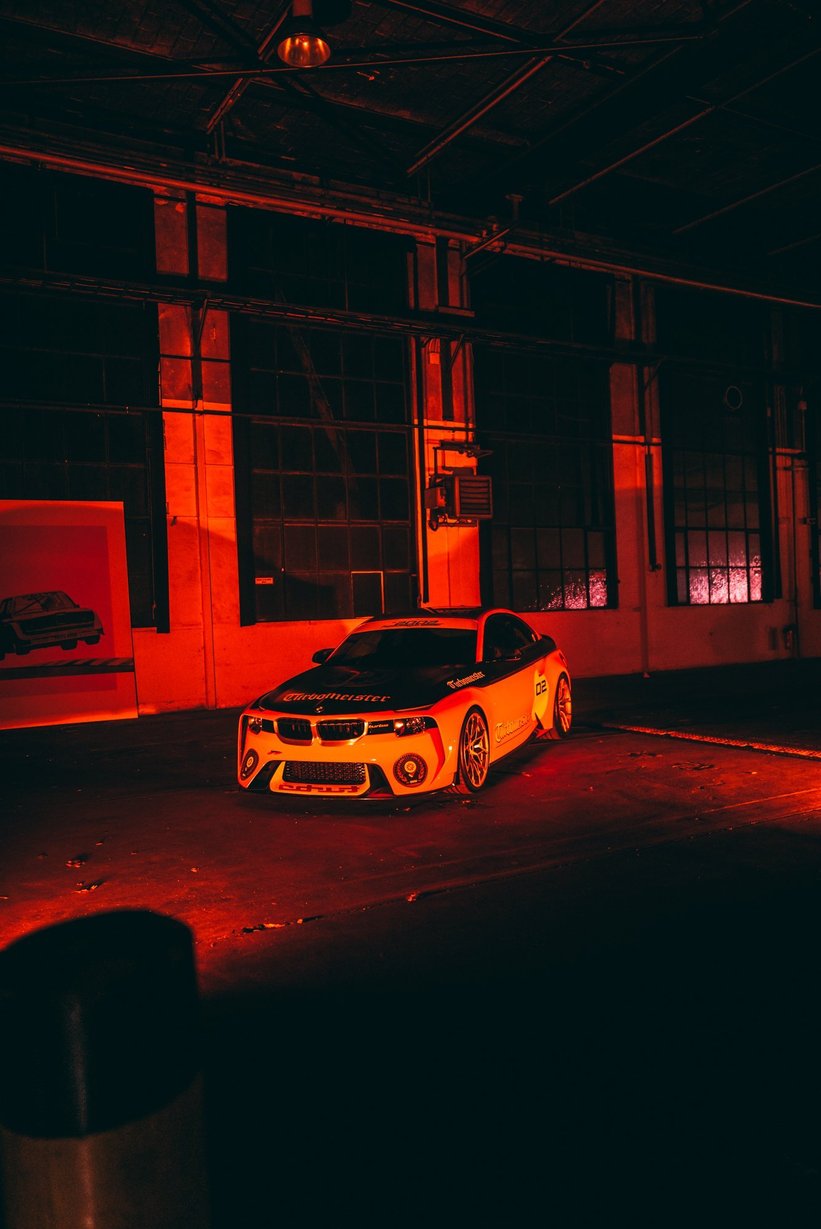
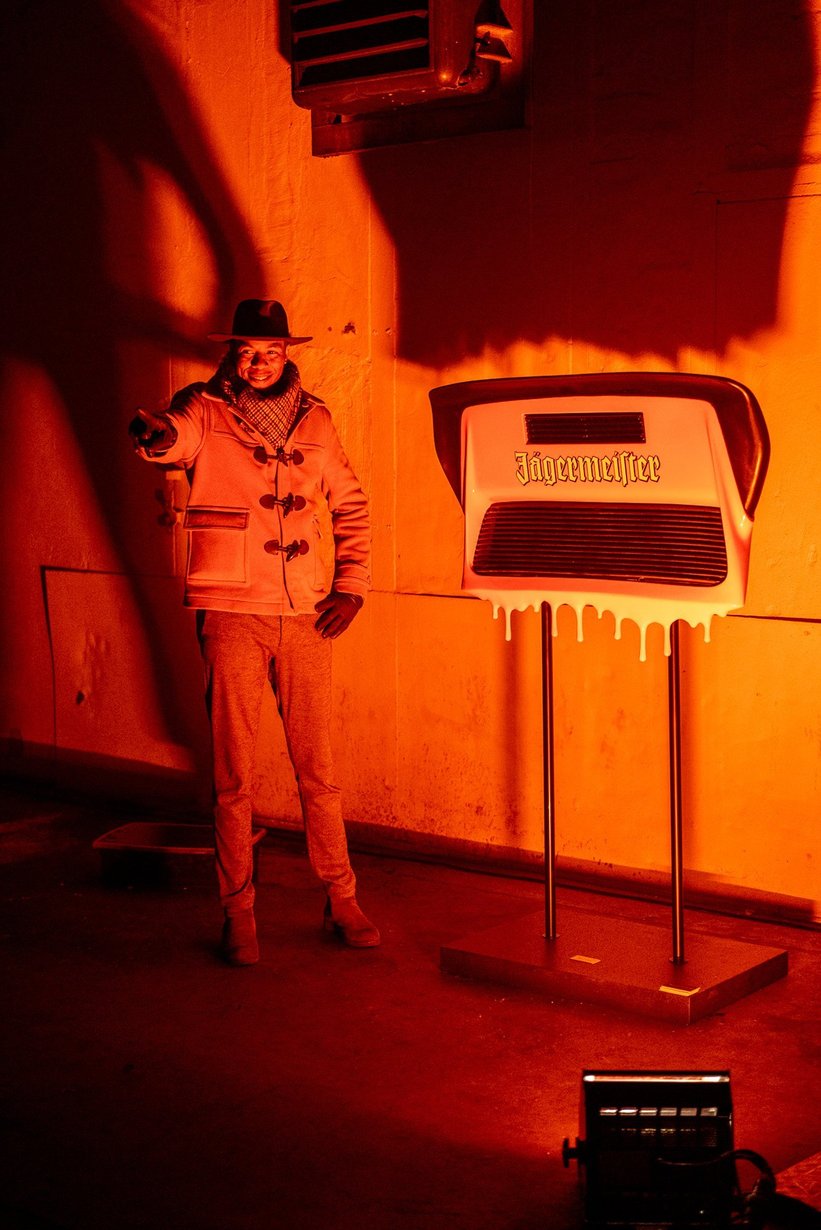
Marveling at the installation and casually chatting about the latest trend in cars, fashion, art and lifestyle over ice-cold Jägermeister drinks, the crowd proved once again that the iconic Jägermeister Racing cars are at home in urban nightlife just as they are on the track. And after Rennmeister had already celebrated the 50th birthday of Jägermeister Racing at major events like the Concorso d’Eleganza Villa d’Este on Lake Como, Petrosurf in Sylt and Ultrace in Wrocław in previous months, the get-together in Berlin was the grand finale for a year of fantastic anniversary celebrations – and truly a night to remember.
50 years of Jägermeister Racing


Founded in 1972 by Eckhard Schimpf, Jägermeister Racing is considered to be one of the most famous teams in motorsports history. Driven by aces like Hans-Joachim Stuck, Niki Lauda and Jochen Mass, the iconic orange cars competed in most motorsport disciplines, from sports car and rally racing to DTM and Formula 2, and secured more than 2000 podium finishes. For three decades, the Jägermeister Racing cars competed all over Europe and stunned drivers and spectators with their sight, sound, and speed. Today, the fleet of historic Jägermeister Racing cars is managed by former team principal Eckhard Schimpf and his son, Oliver Schimpf, under the name ‘72StagPower. Click here to read the full story of Jägermeister Racing.
A new orange dawn with Rennmeister
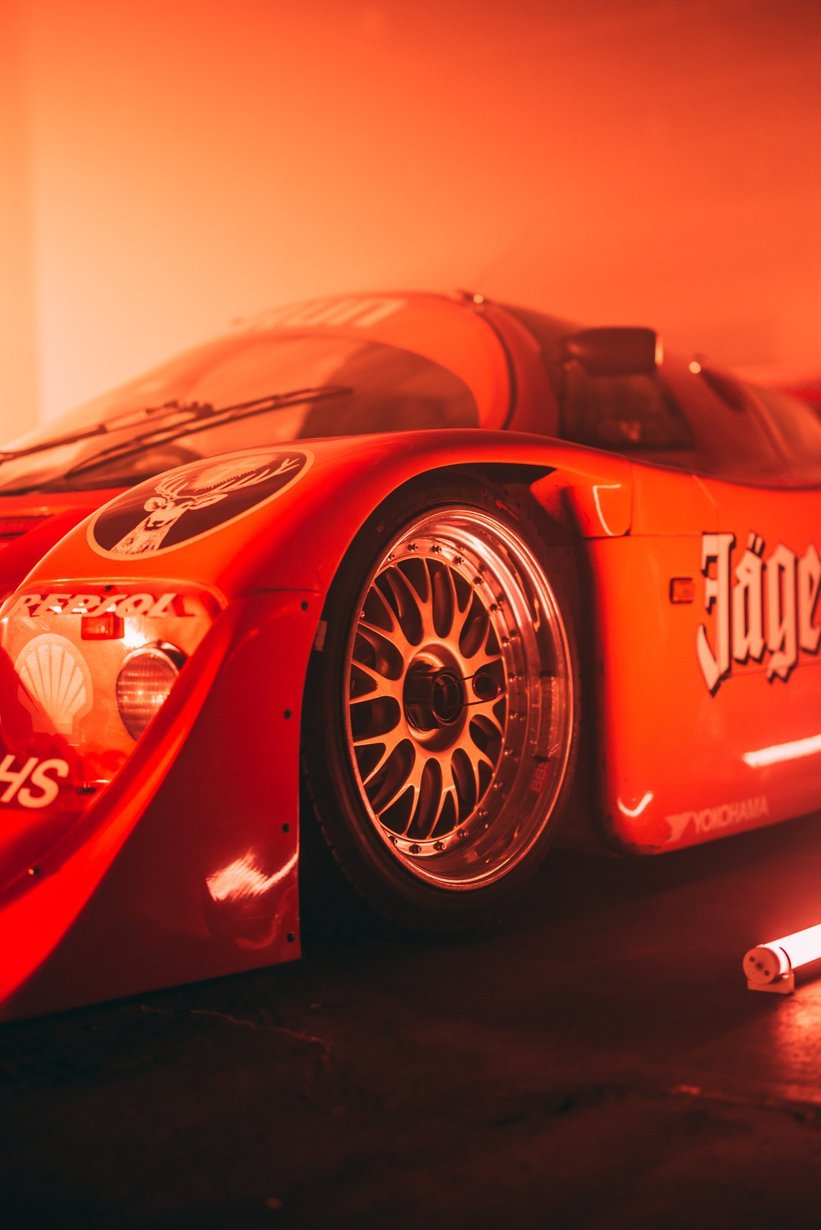
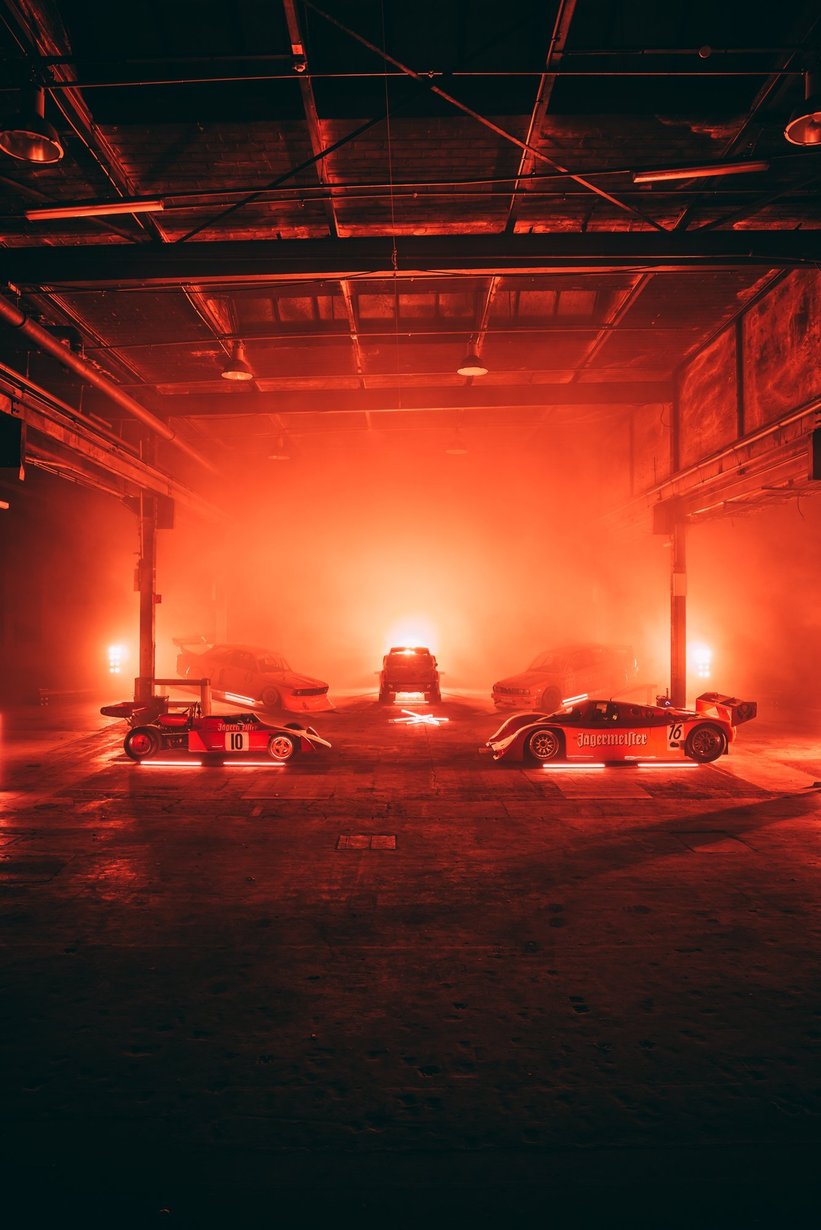
Lauched by Jägermeister and Classic Driver’s creative consultancy CD Works in 2021, the new Rennmeister spin-off brand is shining a whole new light on the iconic racing machines and the culture that surrounds them. Taken away from their natural racing environments and released in unexpected scenarios like nightclubs, galleries and other venues of urban culture, the Jägermeister Racing cars are not just highly functional racing tools, they are also fascinating sculptures and dramatic works of art on wheels.
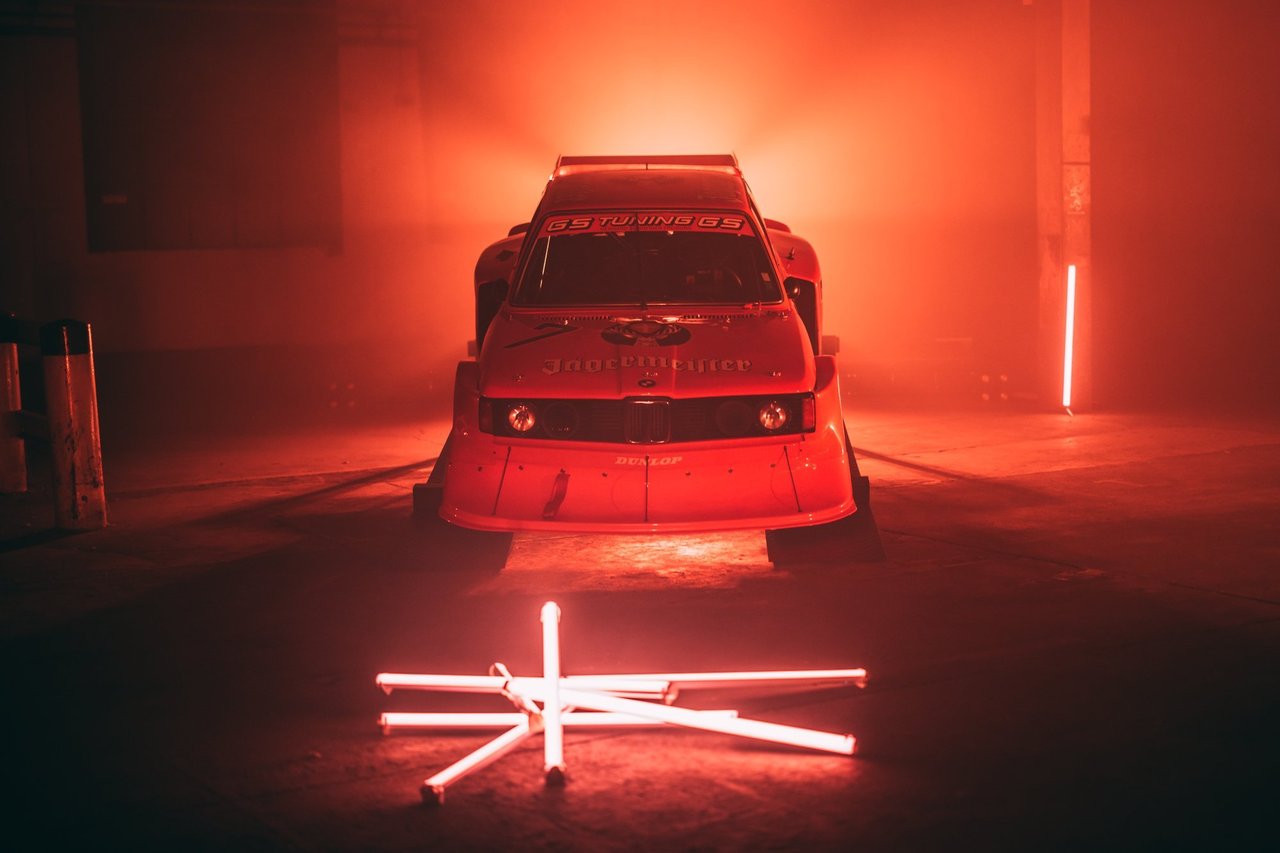
As artefacts of an exciting, exuberant, and exaggerated era in sports, pop culture, art and design, these cars have the potential to inspire us to be rebellious and bold in every move, to brave the unknown, to strive for perfection and break some rules along the way.
Photos by Stephan Bauer and Błażej Żuławski for Rennmeister © 2022
